#Arabic abayas
Explore tagged Tumblr posts
Text
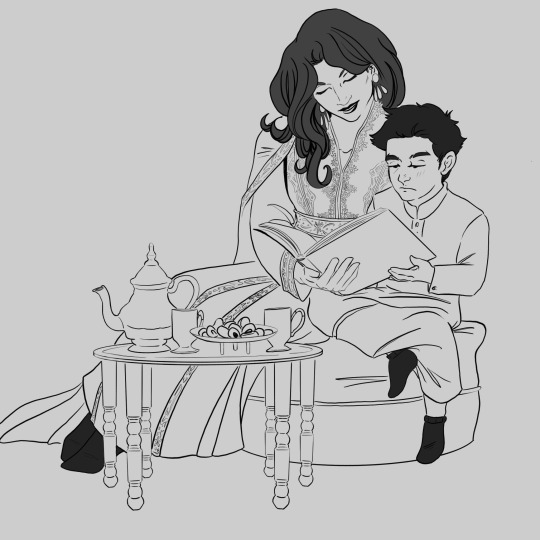
I feel like every time I see a panel of talia al ghul there’s always a veil of vague scary racism,,,, so I just wanted to show her some love
#talia al ghul#damian wayne#dc comics#batfam#fanart#also I’m so sorry I got tired embroidering her abaya#anyways. Arabic women face enough without being draw scary and demonized in media#I love you taliaaaaa
2K notes
·
View notes
Text

#beautiful#arab butt#tight leggins#flared pants#hijab#royalsiblings#spotify#abaya#arabian#big bootie#fine ass women#ai art#ai girl#ai#art
194 notes
·
View notes
Text

رقصت؟
A commission I did based on a painting by a fr*nch artist
1K notes
·
View notes
Text

IG: 3ain3lia
294 notes
·
View notes
Photo
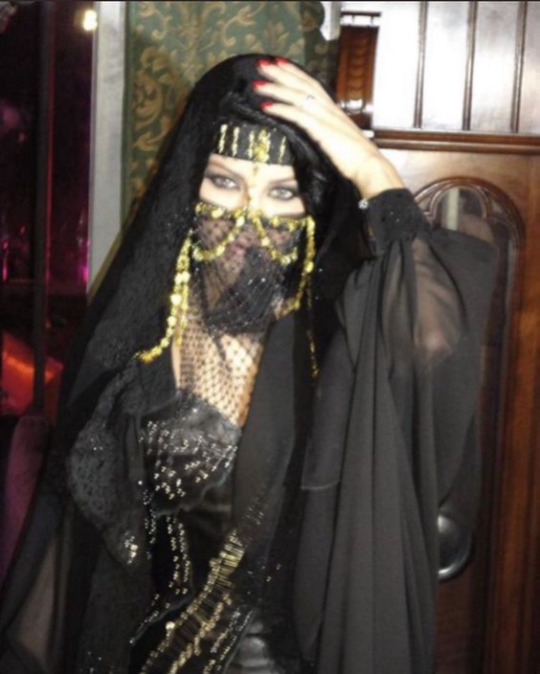
beauty.
#abayafashion#haifa wehbe#dubai#united arab emirates#gold#abaya#abaya dress#black abaya#arab beauty#likes#tumblr#هيفاء وهبي#lebanon#gold abaya#love#muslim
48 notes
·
View notes
Text

#dubai#dubailife#united arab emirates#arab#abaya#abayafashion#it girl#pink aesthetic#pink blog#pinkcore
2 notes
·
View notes
Text
WowAbayas.com: Elevating Elegance with Premium Abayas
WowAbayas.com is a premier online destination for women seeking the perfect blend of style, comfort, and modesty in their wardrobe. Specializing in abayas, WowAbayas.com offers a wide selection of beautifully crafted garments that cater to different styles, occasions, and preferences. From traditional to modern designs, each abaya is meticulously created to enhance elegance and confidence. Explore our offerings below and discover what sets WowAbayas.com apart in the world of modest fashion.
2 notes
·
View notes
Text
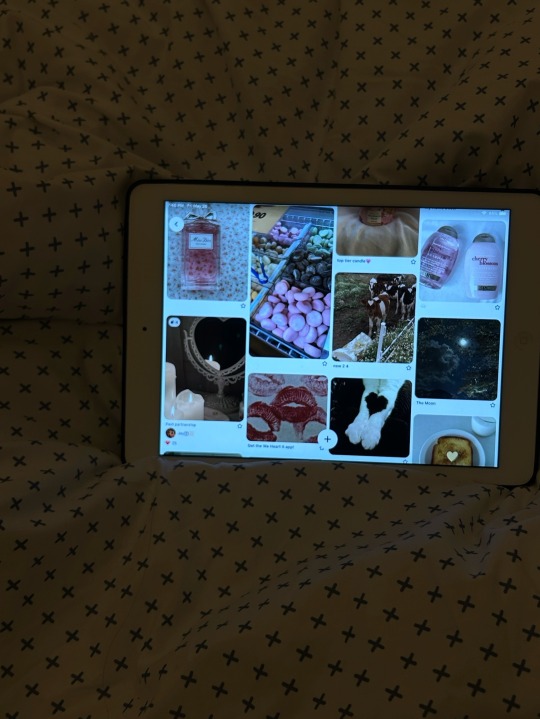
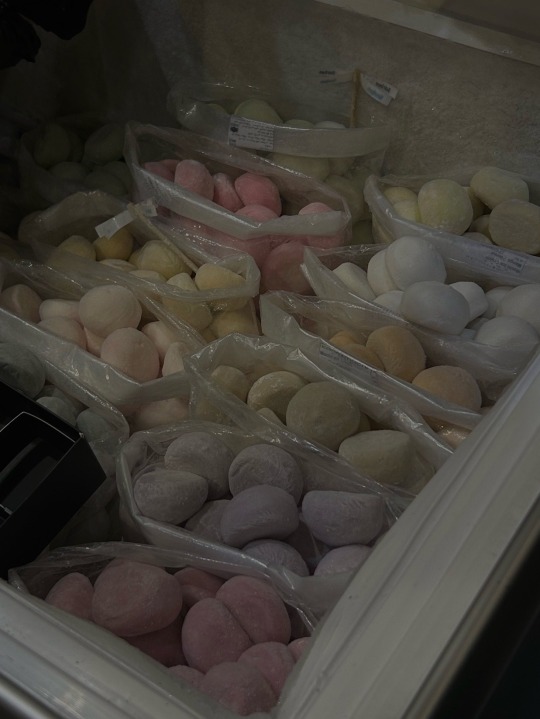
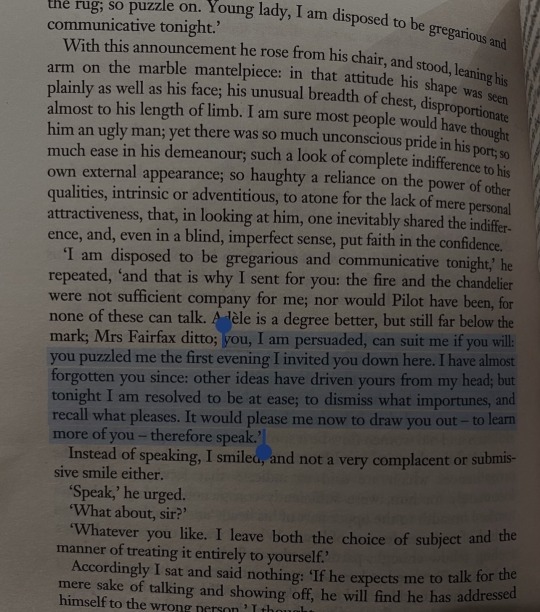
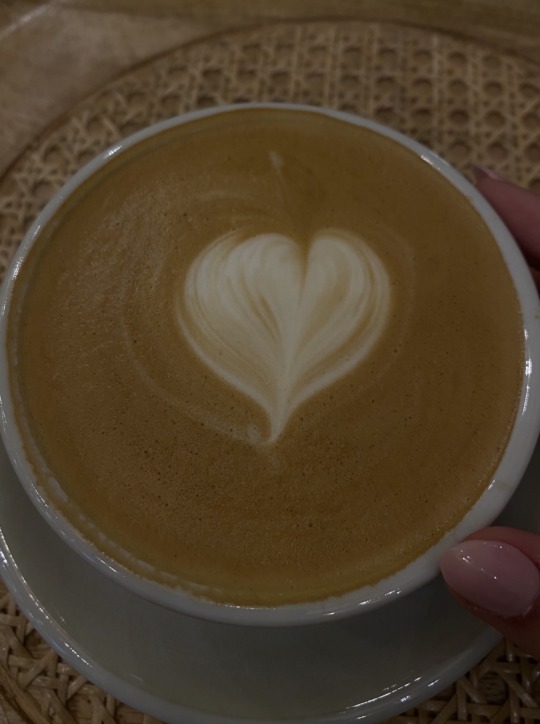
reading Jane Eyre ☕️🍂💌
#swifties#taylor swift#arab#muslimah#abaya#aeshetic#aesthetic#mochi#rory gilmore#reading#books and reading#romance books#bookstore#books & libraries#book blog#gilmore girls#coffee#arabic#khaleeji#swift city#cottage core#taylors version#folklore#swifttok#taylor swift eras#jane eyre#rainymood#cozycore#cozy#cozy space
47 notes
·
View notes
Text
1 note
·
View note
Text
Hijab Style, Styling Tips and How to Choose the Perfect Look
Explore the latest hijab style, trends and tips. Find the perfect hijab for any occasion with guides on face shapes, accessories, care and sustainable fashion.
Introduction to Hijab Style The hijab is more than just a piece of cloth; it’s a symbol of modesty and faith for many Muslim women. Hijab styles vary from country to country and they’ve become a part of the global fashion scene. In this article, we’ll explore the different hijab styles, how to choose the best one for you and helpful tips to style your hijab effortlessly. abaya with…
#abaya style in pakistan#arabic hijab#hijab design#hijab pakistan#hijab style#hijab tutorial#misri hijab
0 notes
Text
MURAH DAN BERKUALITAS!!! ,HP/WA 08983641257 JASA KONVEKSI SERAGAM KERJA Kabupaten Lampung Utara

Kami adalah jasa konveksi no 1 di Surabaya, dijamin puas! Melayani Pesanan Kaos Event, Promosi, Gathering dan Seragam dengan Banyak Pilihan Model serta Bahan. Melayani Pesanan Kaos Polo Shirts, Caddy, Wangki, Raglan dan Custom dengan Bordir Berkualitas. Melayani Pesanan Jaket Bomber, Windbreaker, Harrington, Coat, Swetter, Hoodie, Varsity dan Lainnya. Melayani Pesanan Kemeja Panjang dan Pendek untuk Berbagai kebutuhan serta Banyak Pilihan Bahan.Melayani Pesanan Wearpack Safety, Coverall dan Rompi dengan Model dan Bahan Sesuai Kebutuhan.Melayani Pesanan Seragam Sekolah, Seragam Kerja, Seragam Komunitas, Seragam PDH dan Lainnya. Ini Alasan Memilih Maju Mapan Konveksi : 1. Harga kompetitif 2. Banyak pilihan produk 3. Jahitan rapi dan Berkualitas 4. Banyak Diskon 5. Jaminan Tepat Waktu 6. Berpengalaman Maju Mapan Konveksi @mmkonveksi_official Hp/Wa 0898-3641-257 Jl. Tuban I no 72 surabaya 60171.
#konveksiseragamvestrompisurabaya #konveksiseragamvestrompisby #konveksiseragamwaiters #konveksiseragamwearpack #konveksiseragamwaitersbatik
jasa rumah konveksi gamis, jasa konveksi hijab & gamis kudus, jasa konveksi abaya, jasa konveksi aku karissa, jasa konveksi gamis syar i murah
konveksi daster rayon premium, konveksi daster sambung solo, konveksi daster arab, konveksi batik kencana ungu, konveksi daster gajah putih
#konveksiseragamvestrompisurabaya#konveksiseragamvestrompisby#konveksiseragamwaiters#konveksiseragamwearpack#konveksiseragamwaitersbatik#jasa rumah konveksi gamis#jasa konveksi hijab & gamis kudus#jasa konveksi abaya#jasa konveksi aku karissa#jasa konveksi gamis syar i murah#konveksi daster rayon premium#konveksi daster sambung solo#konveksi daster arab#konveksi batik kencana ungu#konveksi daster gajah putih
0 notes
Text

#thicc ootd#arab butt#tight leggins#flared pants#hijab#cuvry girl#abaya#arabian#big bootie#fine ass women
55 notes
·
View notes
Text
#arabic attire#wedding#wedding dress#kaftans#abaya wedding dresses#Chiffon Embroidery Moroccan kaftan#Moroccan Islamic Wedding Caftan#islamic wedding dresses
1 note
·
View note
Text


IG: ramshaalahmad
221 notes
·
View notes
Text
Sooooo now if you’re North African or Black you cannot wear a long dress at school anymore which extend to public servants jobs.
France really said “Wait we need to remind everyone of our Islamophobia”.
Basically the Abaya has been declared to be a religious garnement and as such it is now not allowed to wear it in schools. Given that they cannot differentiate a abaya from a long dress (because there’s no fucking difference) they will have to pick when it’s a abaya and when it’s just a long dress… and as everyone can already see it they will pick by deciding that Arab, Amazigh, North African and Black girls are automatically wearing a abaya.
7K notes
·
View notes